
Jean Antoine Watteau is one of the most famous artists of the world art. At the beginning of his creative career, he tried himself in different genres, was fond of the art of P. Rubens and the Venetians and as an artist formed freely, without experiencing a rigid academic system. Perhaps, therefore, Watteau’s works are so easy, individual, they hardly notice the influence of the work of other masters.
In 1717 Watteau presented to the Paris Academy a painting “Pilgrimage to the island of Kiefer” and received the title of academician. But the masters were accepted as “the painter of gallant holidays” – a genre not too respected. Watteau had no pupils, but his influence on French painting is undeniable. The motives and techniques of the artist were addressed to N. Lancret and F. Boucher, J.-B. Udry and J.-B. Chardin.
By the middle of the XVIII century. Art Watteau was rejected by official criticism for lack of moralizing and heroic, and only much later, thanks to the efforts of the brothers Goncourt, Sh. Baudelaire and P. Verdun, the artist’s name occupied a well-deserved place in the history of art. In the work of Watteau, a special place is devoted to the theater – a world of mysterious, full of complex experiences.
Watteau Theater is a dynamic, vibrant world of sensations, fascinating and enchanting, as in the painting “Scene in the Italian Theater.” Other well-known works: “An embarrassing proposal.” OK. 1716. The Hermitage, St. Petersburg; “Gilles.” OK. 1721. The Louvre, Paris.
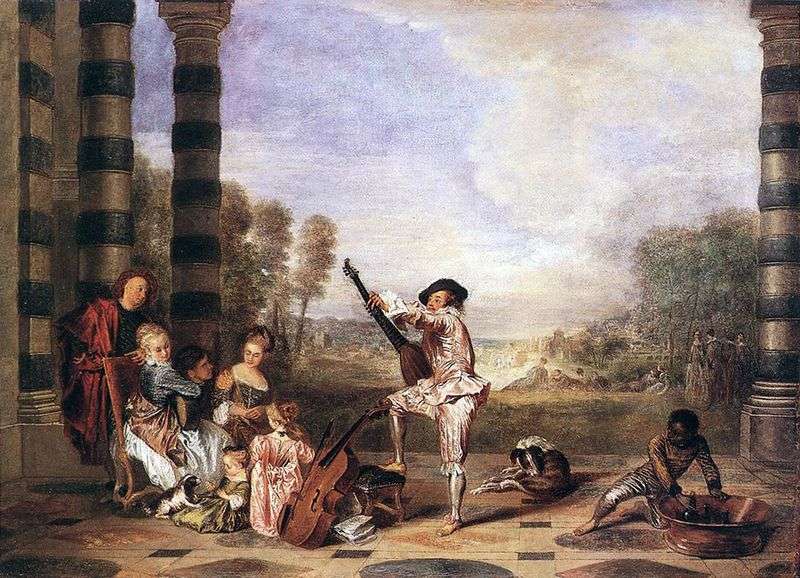 Musical party in the summer theater by Jean Antoine Watteau
Musical party in the summer theater by Jean Antoine Watteau Dance by Jean Antoine Watteau
Dance by Jean Antoine Watteau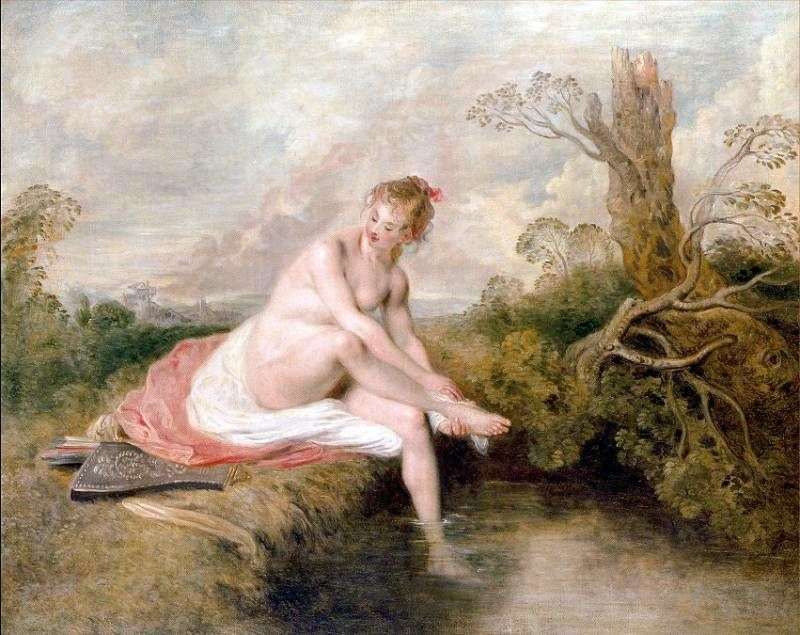 Diana by the stream by Jean Antoine Watteau
Diana by the stream by Jean Antoine Watteau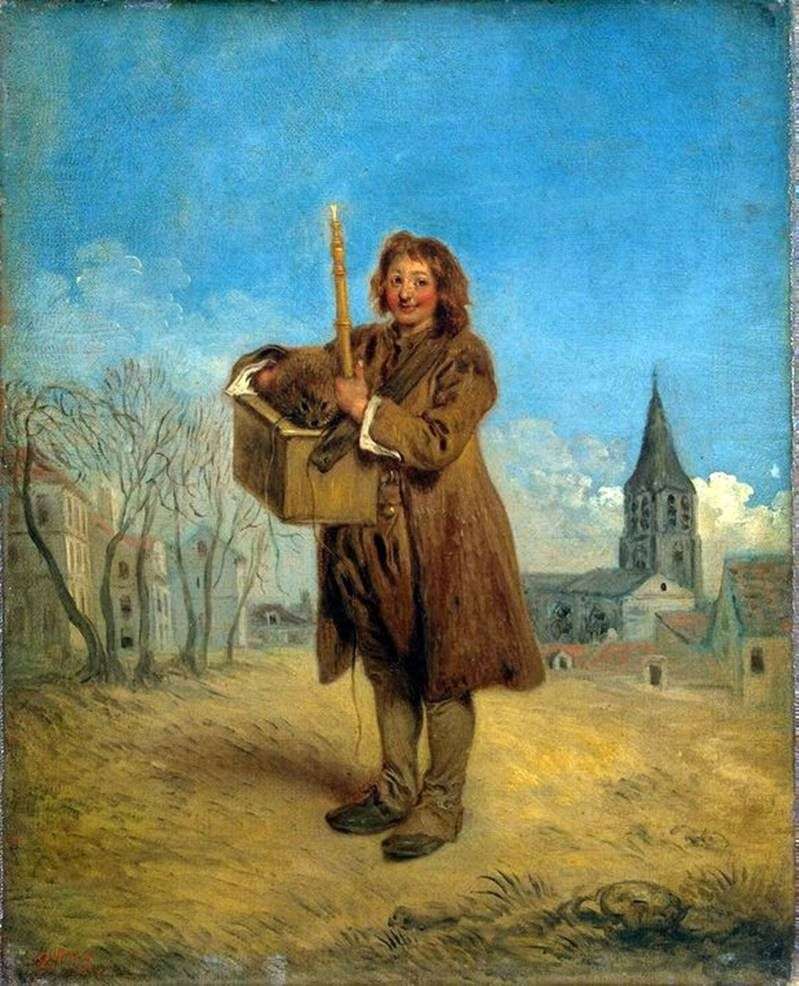 Savoyard with marmot by Jean Antoine Watteau
Savoyard with marmot by Jean Antoine Watteau Scène de théâtre italien – Jean Antoine Watteau
Scène de théâtre italien – Jean Antoine Watteau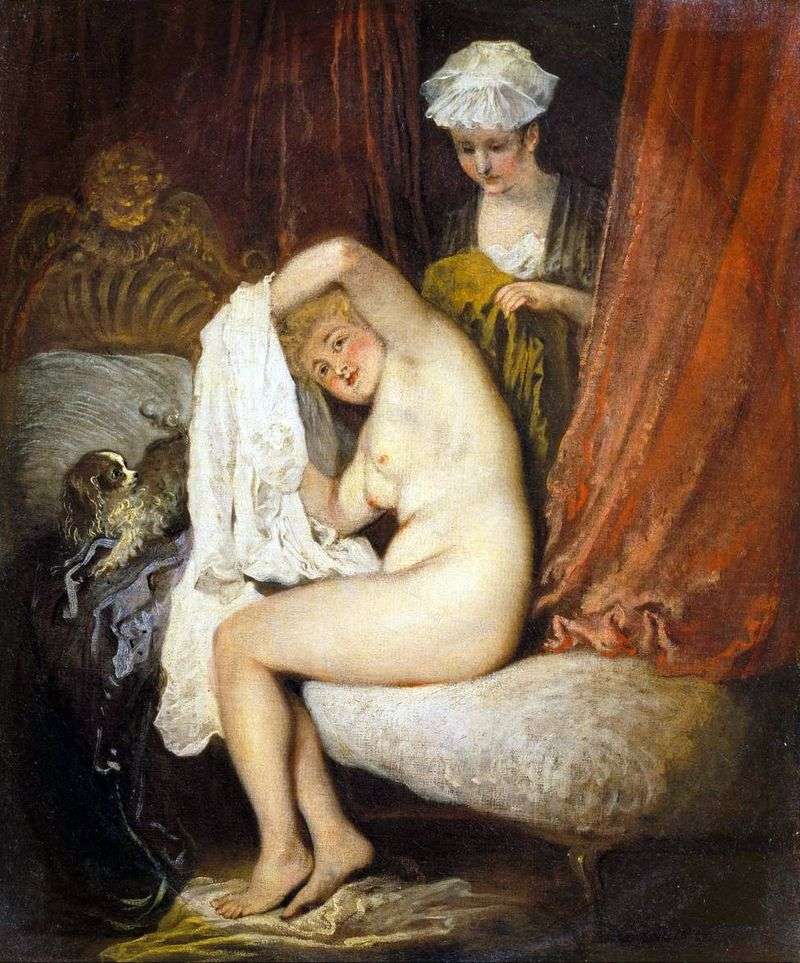 Dressing by Jean Antoine Watteau
Dressing by Jean Antoine Watteau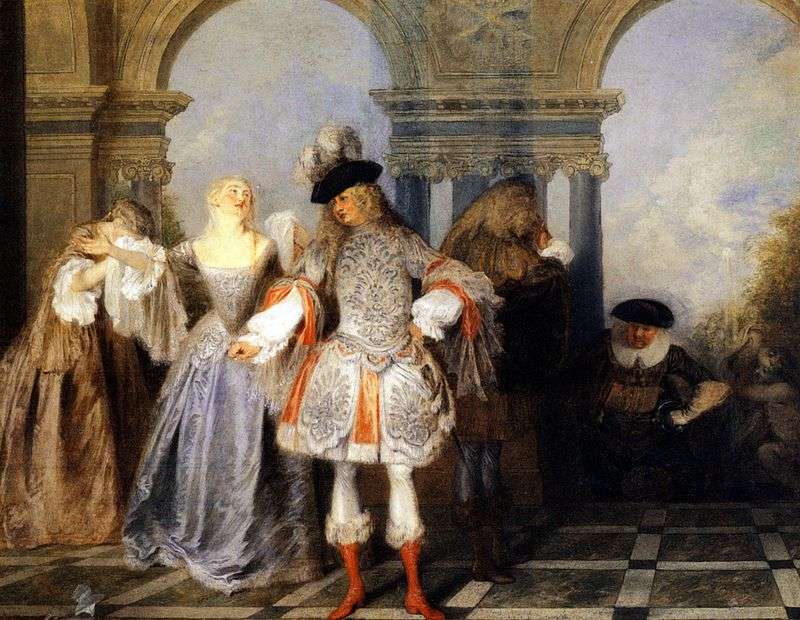 The scene of the French comedy by Jean Antoine Watteau
The scene of the French comedy by Jean Antoine Watteau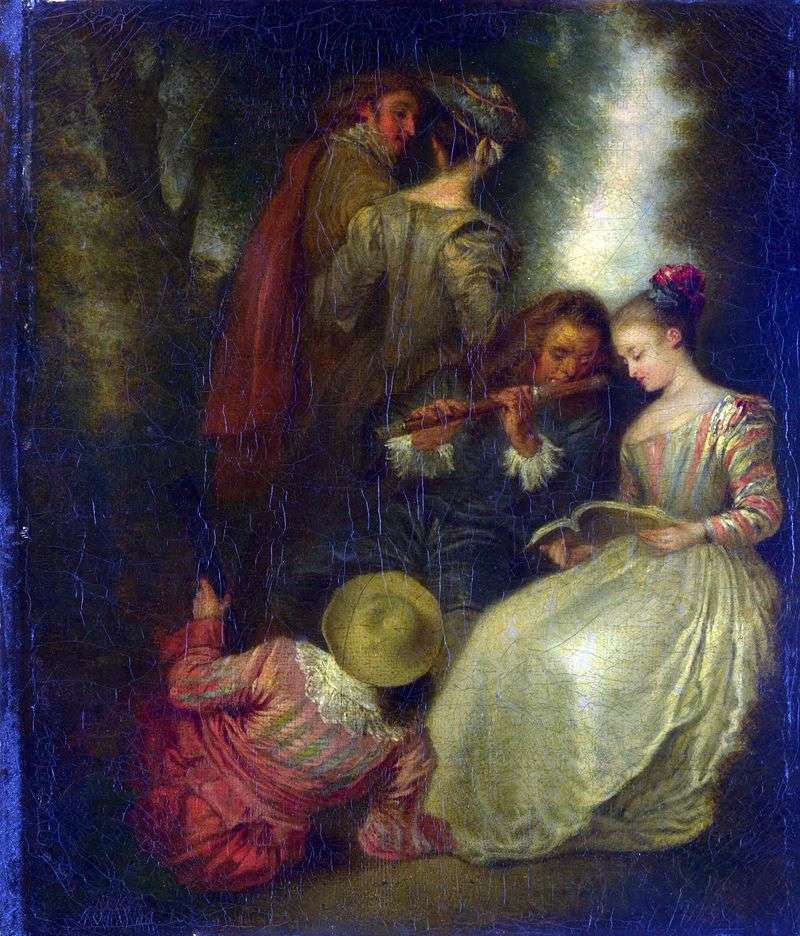 Full harmony by Jean Antoine Watteau
Full harmony by Jean Antoine Watteau